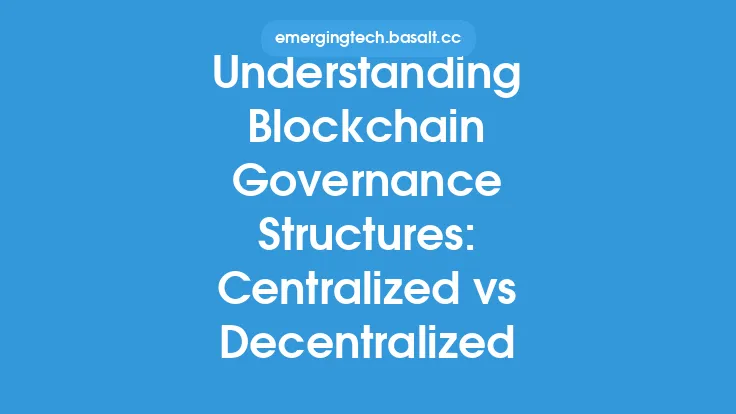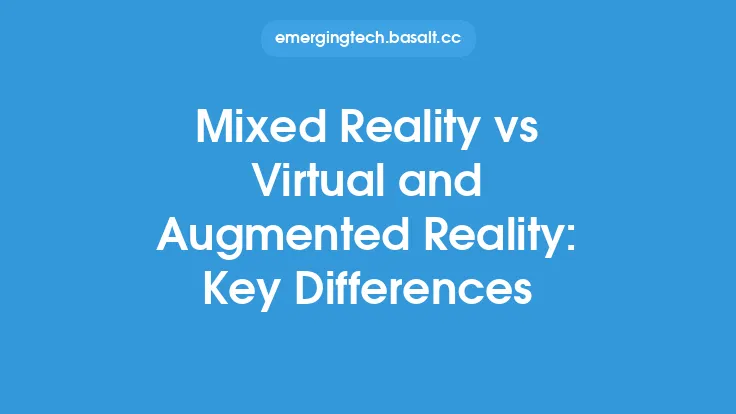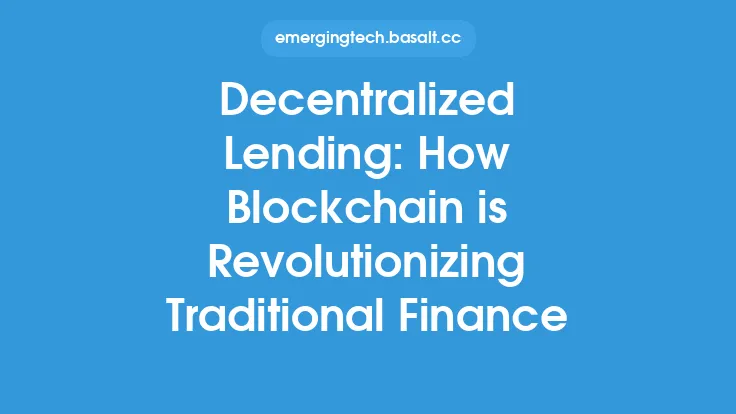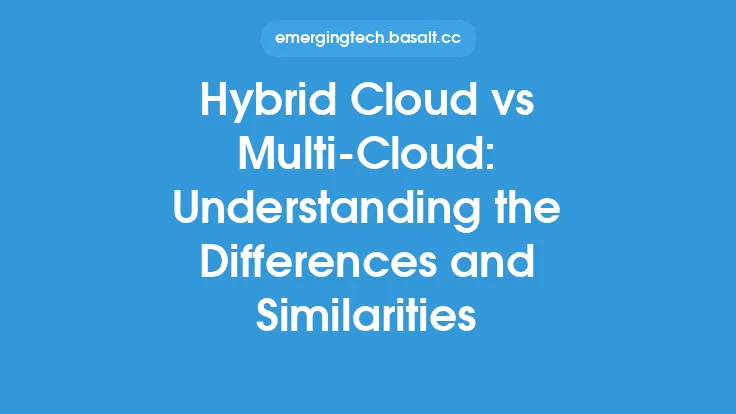When it comes to storing and managing data, there are two primary options: blockchain and traditional databases. While both can be used to store and manage data, they have distinct differences in terms of their architecture, functionality, and use cases. In this article, we will delve into the key differences between blockchain and traditional databases, exploring their underlying principles, advantages, and disadvantages.
Introduction to Traditional Databases
Traditional databases are centralized systems that store and manage data in a structured and organized manner. They use a client-server architecture, where a central server manages the data and clients access the data through a network. Traditional databases are designed to provide high performance, scalability, and reliability, making them suitable for a wide range of applications, from simple web applications to complex enterprise systems. They use a variety of data models, including relational, hierarchical, and network models, to store and manage data.
Introduction to Blockchain
Blockchain, on the other hand, is a decentralized, distributed ledger technology that stores data in a chain of blocks. Each block contains a batch of transactions, which are verified and validated by a network of nodes through a consensus mechanism. Once a block is added to the chain, the data it contains is immutable and tamper-proof. Blockchain is designed to provide a secure, transparent, and auditable way to store and manage data, making it suitable for applications that require high security and integrity, such as financial transactions, supply chain management, and identity verification.
Key Differences
The key differences between blockchain and traditional databases lie in their architecture, data structure, security, scalability, and use cases. Traditional databases are centralized, whereas blockchain is decentralized. Traditional databases use a client-server architecture, whereas blockchain uses a peer-to-peer network. Traditional databases store data in a structured and organized manner, whereas blockchain stores data in a chain of blocks. Traditional databases are designed for high performance and scalability, whereas blockchain is designed for security and integrity.
Data Structure
One of the primary differences between blockchain and traditional databases is their data structure. Traditional databases use a variety of data models, including relational, hierarchical, and network models, to store and manage data. Blockchain, on the other hand, uses a chain of blocks to store data, where each block contains a batch of transactions. This data structure provides a secure and tamper-proof way to store data, as each block is linked to the previous block through a unique identifier, making it difficult to alter or manipulate the data.
Security
Security is another key difference between blockchain and traditional databases. Traditional databases are vulnerable to cyber attacks and data breaches, as they are centralized and rely on a single point of failure. Blockchain, on the other hand, is designed to be secure and tamper-proof, as it uses a decentralized network of nodes to verify and validate transactions. Each block in the chain is linked to the previous block through a unique identifier, making it difficult to alter or manipulate the data. Additionally, blockchain uses advanced cryptography and consensus mechanisms to ensure the integrity and security of the data.
Scalability
Scalability is a significant difference between blockchain and traditional databases. Traditional databases are designed to provide high performance and scalability, making them suitable for large-scale applications. Blockchain, on the other hand, is still in its early stages of development, and scalability is a significant challenge. The decentralized nature of blockchain and the need for consensus mechanisms make it difficult to scale, as each node in the network needs to verify and validate transactions. However, researchers and developers are working on solutions to improve the scalability of blockchain, such as sharding, off-chain transactions, and second-layer scaling solutions.
Use Cases
The use cases for blockchain and traditional databases are also different. Traditional databases are suitable for a wide range of applications, from simple web applications to complex enterprise systems. Blockchain, on the other hand, is suitable for applications that require high security and integrity, such as financial transactions, supply chain management, and identity verification. Blockchain is also suitable for applications that require transparency and audibility, such as voting systems, healthcare records, and intellectual property management.
Advantages and Disadvantages
Both blockchain and traditional databases have their advantages and disadvantages. Traditional databases are well-established and widely used, providing high performance, scalability, and reliability. However, they are vulnerable to cyber attacks and data breaches, and they can be centralized and controlled by a single entity. Blockchain, on the other hand, provides a secure, transparent, and auditable way to store and manage data, making it suitable for applications that require high security and integrity. However, blockchain is still in its early stages of development, and scalability is a significant challenge.
Conclusion
In conclusion, blockchain and traditional databases are two distinct technologies that have different architectures, data structures, security, scalability, and use cases. While traditional databases are well-established and widely used, blockchain provides a secure, transparent, and auditable way to store and manage data, making it suitable for applications that require high security and integrity. As blockchain technology continues to evolve and mature, we can expect to see new and innovative use cases emerge, and the differences between blockchain and traditional databases will become even more pronounced. Ultimately, the choice between blockchain and traditional databases depends on the specific needs and requirements of the application, and a thorough understanding of the advantages and disadvantages of each technology is essential for making an informed decision.





